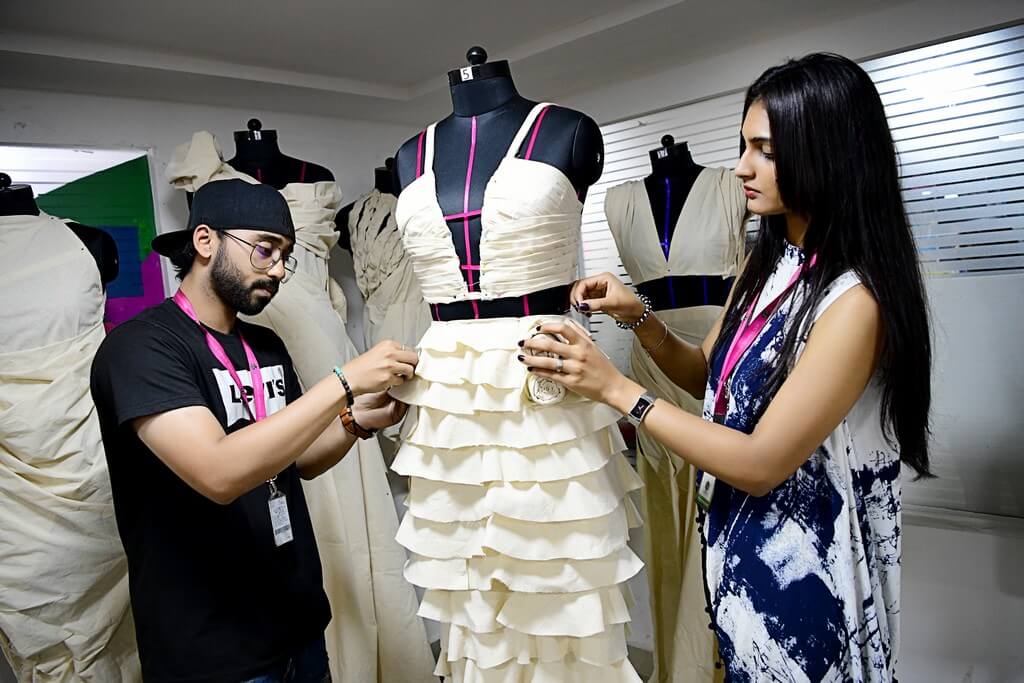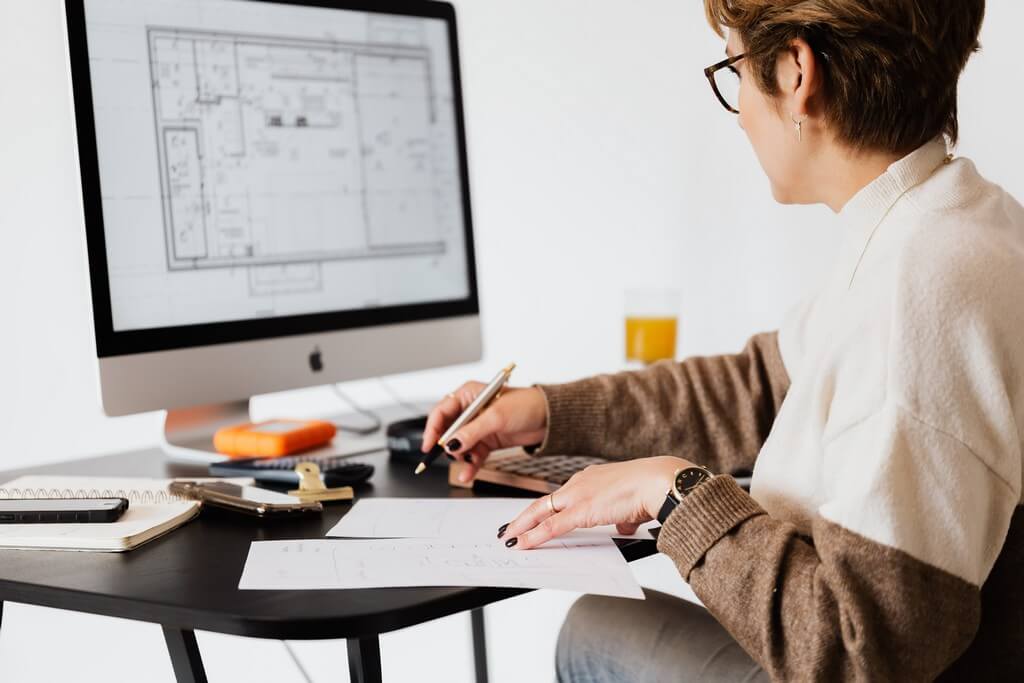Does design cater only to Fashion?
25/07/2022 2022-07-25 15:32Does design cater only to Fashion?
Let’s understand what design means.
To put it in simple words, design is the process of envisaging and planning the creation of objects, interactive systems, buildings, vehicles, etc. Its user-centred. It is about creating solutions for people, physical items or more abstract systems to address a need or a problem.
It is a very wide-ranging concept and its meaning can greatly vary from one field to another. It pervades many aspects that plays an active part of our lives and branches out into many different subgenres, from product design, virtual reality, designing apparel, jewellery, software interfaces, the home and offices interior etc. Institutions, colleges and universities adapt themselves to each specific market’s evolution by creating corresponding graduate and postgraduate programs in Design.
Misconceptions about design
Design is not about making things look pretty just for the sake of it. So, what is it really at its core? Is it merely a process to make pretty looking things? Far from it. It doesn’t focus purely on aesthetics, nor is it about adding ornaments and aesthetic twist to a specific product. First and foremost is it about making the end-user’s interface with the environment more natural and complete.
The key aspects of design – Art or science?
It is neither all art nor all science, it takes elements from both art and science. Art is about creating something that expresses the author’s idea, thoughts and feelings. While designers can express feelings and leave impressions through their work. So, it takes the creating aspect of art, as it is about crafting an item, a tool, an experience even. On the other hand, it takes the logical aspect of science. Design exists primarily to address a particular need.
The creative design processes
Problems are best solved when approached in an all-inclusive and logical way. The goal of design process is to guide you and organize your work to turn ideas into concrete solutions. Designers do intensive research, data collection and data analysis and filter useful information about the problem they are considering to answer questions like:
What is the problem? Why and who is facing the problem? How do I apply different solutions to solve it? Then, they come up with hypothesis and identify the main features should be part of the answer. Then with these key aspects in mind it’s time to experiment different solutions and iterate. This last part is about learning from what works, what doesn’t to adapt your solution to fit the user’s need best.
Invisible design
The invisible design are things you don’t notice, rather you are not supposed to notice. The ease of access when interacting with a software program, website, or any product. The invisible design is what you, the end-user makes use of the program without feeling the hassle of understanding the design elements.
But if you are interested to learn design, take a look at the invisible features that enables you to use and interact with a product. With a great design, you the end-user should be able to understand its rules and the meaning of its elements almost immediately. The user is guided by an invisible hand made of colours, shapes, contrast, repetitions put together by a design team.
Industries that extensively rely on design
Design elements in Fashion – The design elements in Fashion are inevitable and you create designs that specifically cater to the demands in the consumer market. The collective demand of the generic population that enables fashion industry to design and churn out fast fashion into the market and the couture fashion, that designs and caters only to an exclusive few who can afford it. 
Either way, the design elements play the crucial role of understanding the marketplace, shifting consumer behaviour, logistics planning that satisfies the demands at affordable rates. Most often, the fashion industry relies on new technological advancements for design to keep up with the fast-changing whims and demands of the consumer trends.
Design elements in Interior Design industry – Interior design industry requires and uses design elements extensively. Interior Designer’s craft spaces that anticipate our needs and demands while pulling from a diverse set of skills and technical knowledge. Interior design has evolved dramatically over the years as people with higher disposable incomes seek more comfort and luxury.
 The design elements that are used by interior designers are extensive and they are put to use in designing textiles, materials, colour, space planning, sustainability, and more. Software applications for 2D & 3D computer-aided design (CAD) and building information modelling (BIM). Structural requirements, health and safety issues, and building codes. Today, interior designers work with contractors, architects, engineers, craftsmen, furniture dealers, and business and home owners.
The design elements that are used by interior designers are extensive and they are put to use in designing textiles, materials, colour, space planning, sustainability, and more. Software applications for 2D & 3D computer-aided design (CAD) and building information modelling (BIM). Structural requirements, health and safety issues, and building codes. Today, interior designers work with contractors, architects, engineers, craftsmen, furniture dealers, and business and home owners.
Design elements in graphic designing – Graphic design is an extensive field where graphic design professionals create visual content to communicate messages. By applying visual hierarchy and page layout techniques, designers use typography and pictures to meet users’ specific needs and focus on the logic of displaying elements in interactive designs, to optimize the user experience.
Similarly, there are several design-based courses and careers like Fashion designing, graphic designing, interior designing, jewellery designing, product designing and much more. To learn more about design and its applications, check out our range of professional courses on JD Institute of Fashion Technology.













